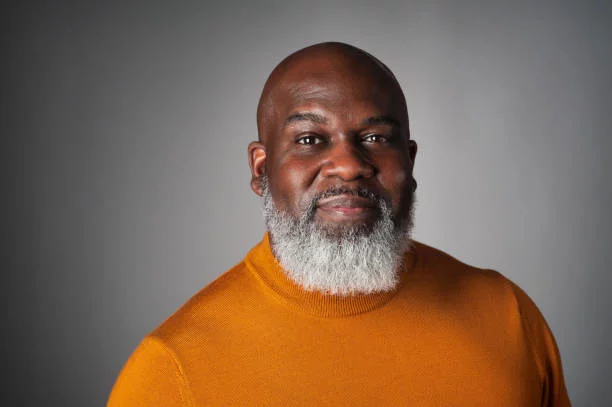
No man wants to hear that they have prostate cancer, but after diagnosis, learning about the disease and how it is treated is essential to managing the disease.
Prostate cancer affects one in seven men. According to the American Cancer Society
(ACS), it is the second most common type of cancer among men after skin cancer. With an estimated 288,300
new cases in the United States in 2023, it is important to know more about prostate cancer and what you can expect if you are the one in seven.
The prostate, a walnut-shaped organ, is part of men’s reproductive organs, providing some of the seminal fluid. Living below the bladder, it surrounds the urethra through which urine drains and the seminal tube through which semen flows.
As with other cancers, it begins when cells mutate, grow out of control and eventually damage and steal nutrients from the surrounding healthy cells, according to the ACS.
While specific prostate cancer causes have not been identified, the U.S. Centers for Disease Control and Prevention lists several prostate cancer risk factors
. These include:
Black men are 50 percent more likely to develop prostate cancer in their lifetime and twice as likely to die from the disease.
Black men should begin considering prostate cancer screenings at age 40.
Black men are underrepresented in clinical trials that test new therapies — making up only 6.7 percent of patients.
According to Mayo Clinic
, prostate cancer symptoms are rare in the early stages. Once prostate cancer signs are noticed, it usually signals worsening of the disease. These signs include: